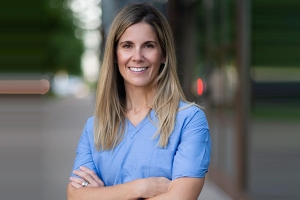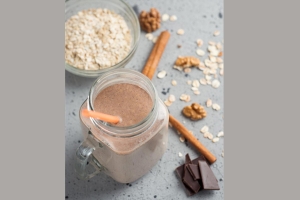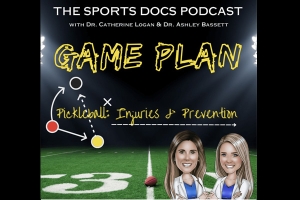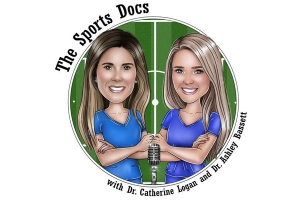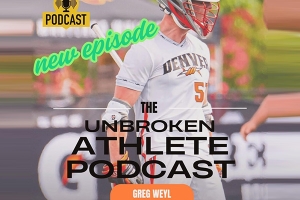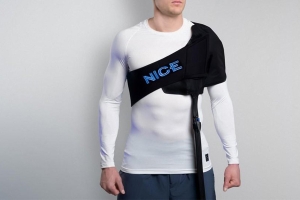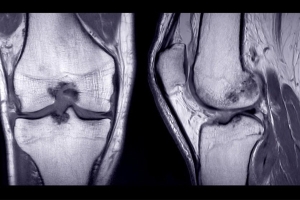Dr. Catherine Logan was recently welcomed as the Grand Rounds speaker at the Harvard Orthopaedic...
Dr. Catherine Logan was recently welcomed as the Grand Rounds speaker at the Harvard Orthopaedic Massachusetts General Hospital and the Harvard Sports Medicine Fellows Conference.

